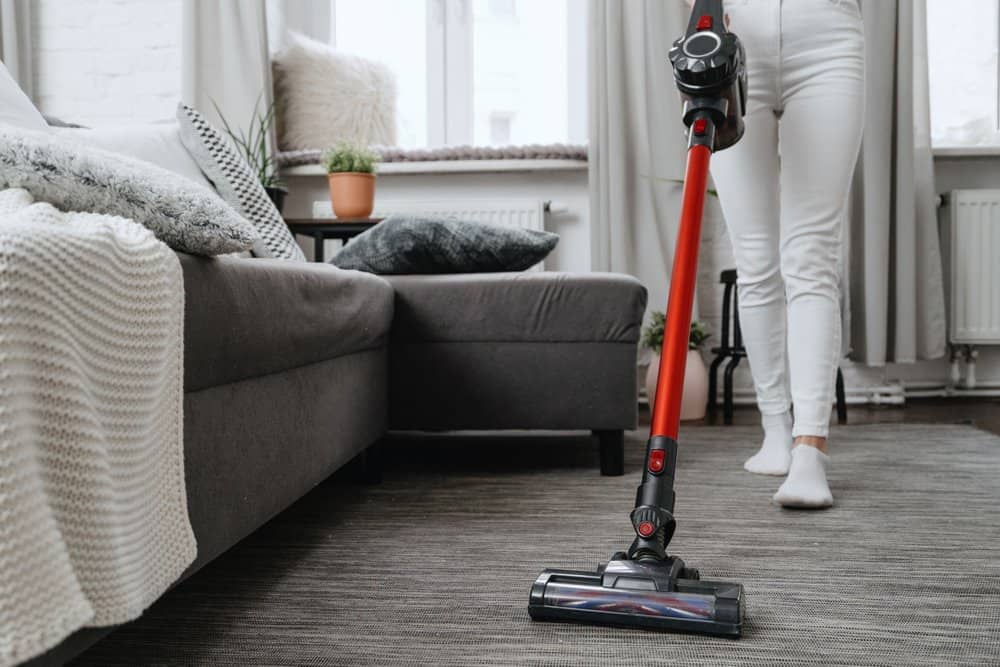
A 42-year-old, previously well woman was vacuuming her carpet when she suddenly experienced severe left-sided abdominal pain. Stunned by the sudden pain, she gingerly lowered herself into a nearby chair, clutching her left side. Panic began to set in as the pain intensified.
Summoning all her strength, she managed to hobble over to the living room, where she tried to lay down on the couch. Every movement and breath seemed to make the pain worse. After several minutes of struggling to regain her composure, she reached for her phone and dialed 911. She explained her situation through gritted teeth to the operator, who dispatched an ambulance.
On arrival, EMS found the patient to be alert, with shallow respirations, minimally tachycardic, and mildly diaphoretic. Her vitals showed a HR of 98, a respiratory rate of 20, and a BP of 110/78, and O₂ sat of 98%. EMS quickly ascertained she had no significant medical history, no medications, and no allergies. Her last menstrual period was 3 weeks prior. There were no respiratory complaints other than pleuritic pain felt in the left upper quadrant of the abdomen and left shoulder. She had no other GI or GU complaints. An IV of Ringer’s Lactate was started.
On arrival at the Emergency Department, her findings were unchanged. She had tenderness to palpation in the left upper quadrant with guarding. Initial blood and urine tests were unremarkable. The pregnancy test was also negative. Ultrasound of the abdomen showed free fluid around the spleen consistent with a ruptured spleen. A CT scan of the abdomen was ordered and a surgical consultation was obtained.
Most often splenic rupture is associated with trauma but, although rare, spontaneous splenic rupture can occur: 2-3% of splenic ruptures are spontaneous. Causes of spontaneous splenic rupture include tumors, inflammatory conditions, infections, splenic infarcts, and sometimes can be idiopathic (meaning we don’t know why).
The presentation of spontaneous rupture is just like trauma-related rupture. Left-sided abdominal pain, sometimes with radiation to the left shoulder, hemodynamic changes occur in more severe cases, and there is tenderness and guarding to palpation of the left upper abdomen.
Spontaneous rupture of the spleen is also treated similarly to traumatic rupture. The treatment is based on the degree of rupture, on a 5-level scale as seen on CT, and is determined by the amount of blood present in or around the spleen, and the extent of splenic injury. Low-grade injuries (1-2) may be managed conservatively, whereas higher-grade injuries (4-5) generally require surgery or embolization. Grade 3 is considered moderate.
In this case, I doubt the activity of vacuuming caused the rupture, although it could have been a trigger as is coughing, sneezing, or vomiting. Splenic ruptures can even occur during sleep. The important thing to remember for medical providers is to keep splenic rupture in the differential diagnosis of abdominal pain, even in the absence of trauma.


